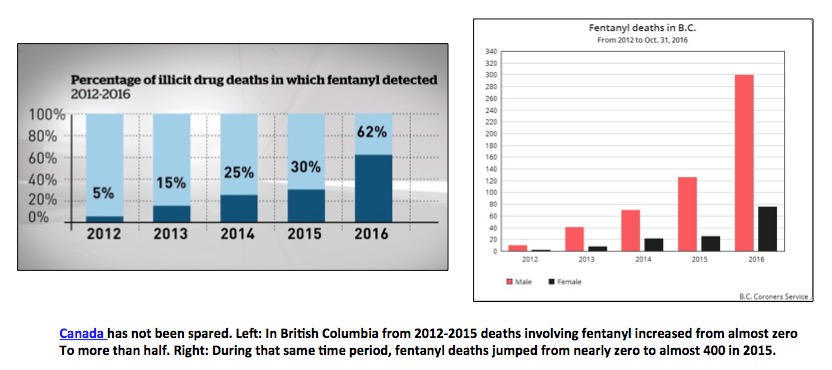
Last January I wrote an article called "Kratom: The Supplement That Will Kill Godzilla," using hyperbole to point out that the supplement/drug (combination of drugs, really) was not a benign substance, nor a simple, risk-free herb. The increase in poison control center calls (see graph at bottom) was not without reason .
I used the table below to indicate some of the receptors that components of the drug were known to interact with. The key point was to demonstrate that mitragynine, the principal alkaloid (1) in kratom, which we call a "dirty drug"—one that acts at multiple receptors—is a psychotropic cocktail, which, like any other drug that alters brain function, carries some risk.
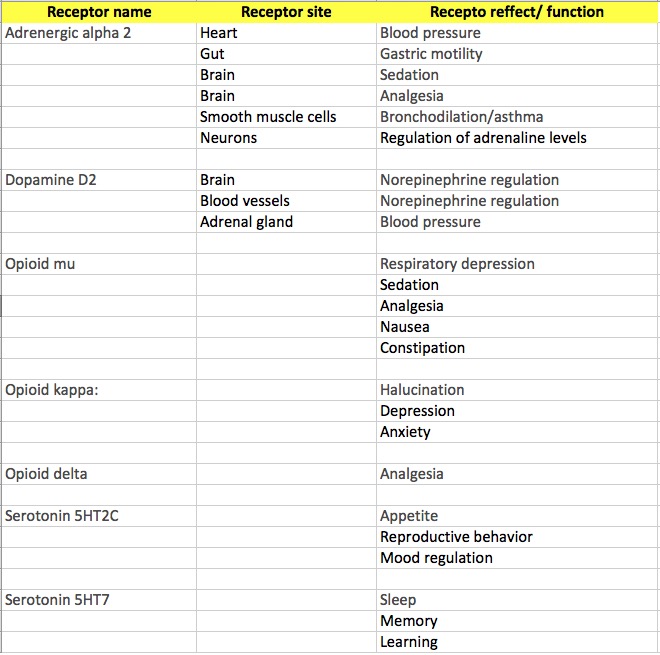
Supplement peddlers and kratom users were not happy. Last fall, I wrote a follow-up piece, "Yes, Kratom Is A Drug: Here's Why," which strongly objected to kratom being classified as a dietary supplement—a topic I write about frequently. Dietary supplements being sold in vitamin shops are often not supplementing anything, they are simply unapproved drugs (2) that have been able to skirt the FDA approval process because of the anti-scientific double talk of 1994's Dietary Supplement Health and Education Act of 1994 ("DSHEA"). DSHEA is a nonsensical law by President Clinton that was crafted by Senator Orrin Hatch (R-Utah, to boost the enormous vitamin/supplement industry in his state) and and Senator Tom Harkin (D-Iowa, to legitimize his belief, and those of his voters, in alternative medicine.)
As with my first piece, the comments were fast, furious, and angry. There was even a death threat (3). It seems there are many kratom enthusiasts out there, and rightly or wrongly, they feel very strongly about their drug. The most commonly cited benefit is pain control.
Guess what? They were right and I was wrong. Well, sort of.
But not for the reasons you might think. Kratom has not changed. It has not become any safer, nor is it a harmless herb. I am still firmly against it being sold in vitamin stores. It is still a drug, by any definition, and a powerful one at that. (Dr. Henry Miller and I wrote about the dangers of unregulated supplements in Forbes. We used kratom as the example.) However safe or dangerous kratom was, it is just as much so as before.
But now, Americans with a legitimate medical need for powerful opioid pain drugs that they need to survive are finding it more and more difficult to get them because of foolish and counterproductive policy changes, largely due to input from the CDC. (4) When pills became hard to get, a monster named fentanyl was only too happy to fill the void.
Now, we must modify the risk benefit equation so that the risks and benefits of kratom are compared to those of fentanyl. And kratom, despite all its faults, wins hands down. (5)
It is the equation, not the drug that has changed.
Let's assume the worst case—that kratom is as dangerous, or even more so than we suspect, and that people who take it to relieve pain are putting themselves at risk. Now, let's take a look at what some people are using instead (6).
Ohio is the state with the most opioid overdose deaths in the US. The role of fentanyl could not be more clear, but Ohio is hardly alone. (9)

Many more graphs like these can be found in reports on state Department of Health websites. The message is always the same: When opioid pills become difficult to obtain, people will move on to something else. Except, there are no good "something else's." Treatment of pain has progressed little since heroin and aspirin were both discovered in the 1890s.
So, I'm stuck, which makes me "wrong." Use of kratom is still risky, and in the absence of clinical trials, we can't even really know how risky. As a scientist, with expertise in drugs and toxicology, I cannot support its use without additional information. But a few grains of fentanyl will kill you, so even a small weighing/cutting error can be fatal..
Look at the numbers of calls regarding kratom poisonings. Hundreds (8).

Poison Control Center calls for kratom, 2010-2015. Source: CDC
As it became more popular, the number of cases of poisoning (not deaths) has shot up—a few hundred per year (8).
Compare this with the number of people (33,000) who died of overdoses in 2015, a number that is heading north fast. The CDC claims that half these deaths resulted from prescription opioids, but this is misleading (7). Even so, thousands (more likely tens of thousands) of people are dying from fentanyl, not from kratom.
This is a quintessential example of "pick your poison," but here, even though there are no good solutions, the answer is obvious. Kratom is risky. Fentanyl is a death sentence. This one is a no-brainer.
Notes:
(1) Alkaloids are nitrogen-containing chemicals found in plants. Most of them are toxic. Plants make them for self defense.
(2) The FDA definition of a drug is: "A substance recognized by an official pharmacopoeia or formulary. A substance intended for use in the diagnosis, cure, mitigation, treatment, or prevention of disease. A substance (other than food) intended to affect the structure or any function of the body." Kratom is indisputably a drug.
(3) This is not cool. I gave exactly one warning to the idiot who made the threat, and this applies to everyone else—I will immediately contact the police or FBI if it happens again.
(4) See my recent op-ed in the March 3rd Duluth News Tribune Winning the drug war? We’re getting it all wrong with opioid-addiction policies.
(5) For a discussion of the scheduling of the drug, and DEA and regulatory policies, see Jacob Sullum in Forbes: The DEA's Crazy Kratom Ban Dresses Pharmacological Phobia In Scientific Garb.
(6) Except in rare cases, people do not begin taking fentanyl for pain. They begin with opioids like Vicodin or Percocet. Then, for a number of reasons they end up taking fentanyl, sometimes inadvertently. Fake opioid pills are now routinely seized by the DEA. Instead of hydrocodone or oxycodone, these pills contain a small amount of fentanyl with the rest being inert material. These fake pills are extremely dangerous.
(7) Prescription opioids alone are not as deadly as they are portrayed. More than half of opioid pills deaths arise from opioids and benzodiazepines (Valium, etc.) being taken together. The combination is far more dangerous than either drug alone:
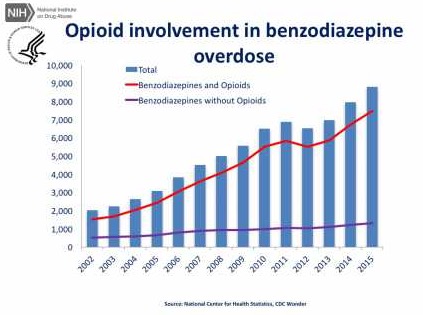
Source: NIH
(8) The number of calls to poison control centers is not reliable for determining how many poisonings actually occurred. It is a crude approximation at best.
(9) More examples:
New England has not been spared:
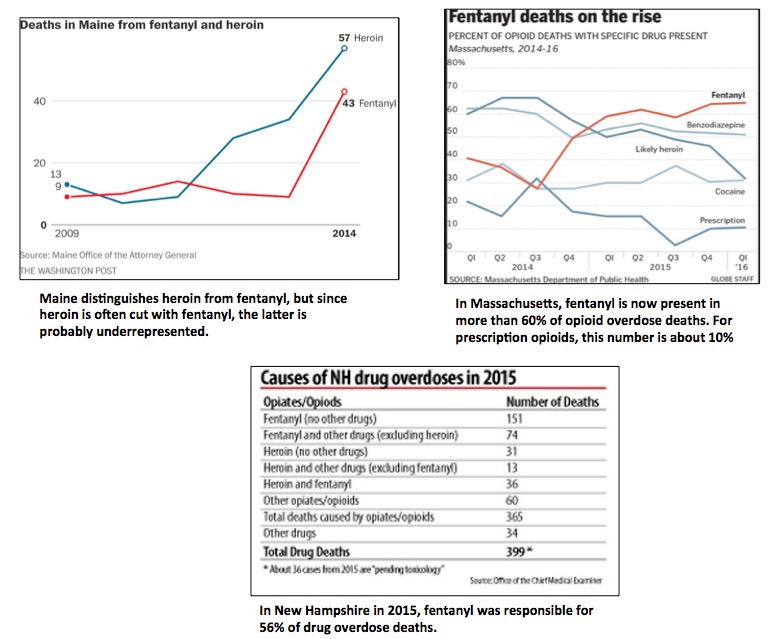
Nor has Florida:
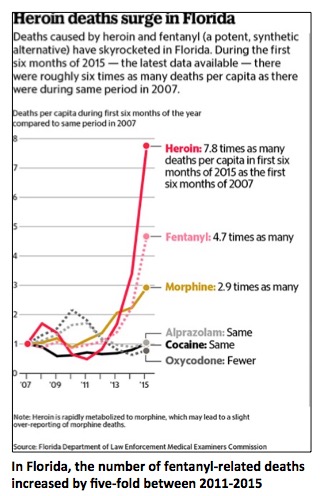
Or Canada:
